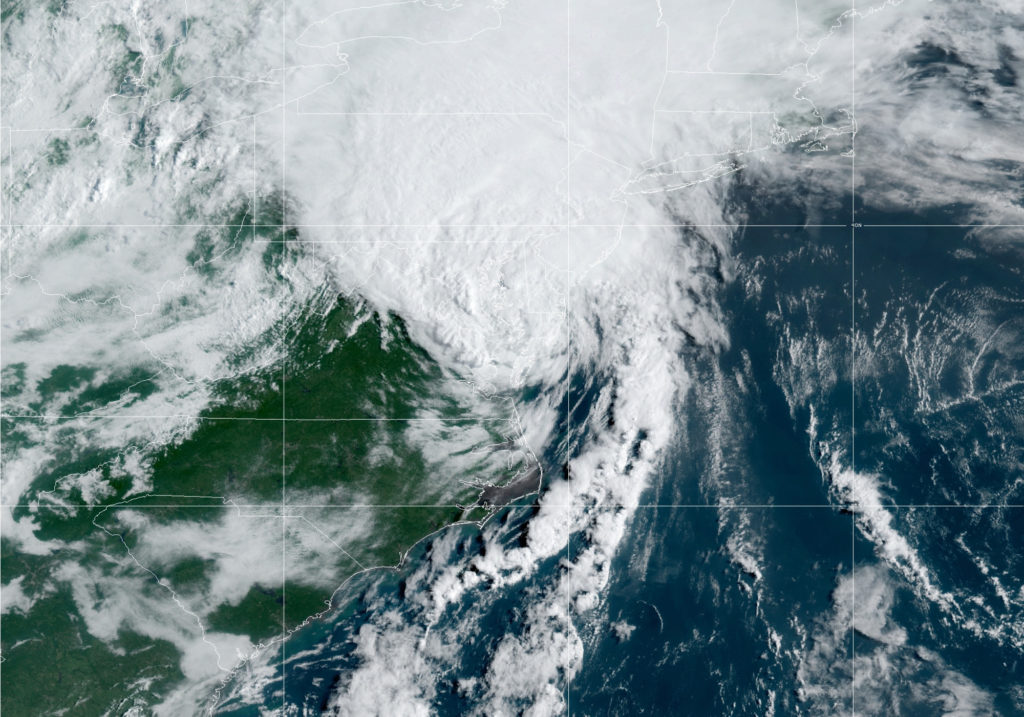
Researchers at Colorado State University are predicting a more active hurricane season than normal this year for the Atlantic Basin with 17 named storms, including eight reaching hurricane strength and four developing into major hurricanes. But the early forecast falls short of last year’s unusually active season.
The researchers predict about 80 named-storm days for the Atlantic season, compared to just under 60 for an average year. They rate the probability of landfall along the U.S. coastline at about 130%, based upon 38 years of data.
Hundreds of electric cooperatives serve members within 400 miles of the U.S. coastline, from Texas to Florida along the Gulf of Mexico and between Florida and Maine along the Atlantic coast.
Climatologists with the university’s Tropical Meteorology Project, in their earliest preseason forecast ever, on April 8 cited projected atmospheric patterns as factors that could lead to increased storm formation.
The Atlantic hurricane season officially begins June 1 and continues through Nov. 30. Storm development is affected by a combination of ocean temperatures and atmospheric wind patterns.
La Niña conditions—when surface water in the equatorial Pacific becomes warmer than average and east winds are weaker than normal—may transition to neutral by this summer, wrote Phil Klotzbach, a principal researcher in the university’s department of atmospheric science. He added that the odds of a significant El Niño seem unlikely.
“Sea surface temperatures averaged across the tropical Atlantic are currently near average, while subtropical Atlantic sea surface temperatures are warmer than normal,” wrote Klotzbach.
The 2020 Atlantic hurricane season was unusually active with 30 named storms, including 13 that developed to hurricane strength with sustained winds topping 74 mph. Of that number, six reached major hurricane status of Category 3 or higher, with winds topping 115 mph.
For the 2021 season, researchers warn of an “above-average probability for major hurricanes making landfall along the continental United States coastline and in the Caribbean.”
“Coastal residents are reminded that it only takes one hurricane making landfall to make it an active season for them,” Klotzbach wrote.
Colorado State forecasters will begin issuing their monthly updates in June, before increasing to biweekly updates in August. The National Oceanic and Atmospheric Administration’s Climate Prediction Center will issue its 2021 hurricane season forecast in May.
Derrill Holly is a staff writer at NRECA.